Annatto Seeds: The Sun-Kissed Spice You Didn’t Know You Needed (But Totally Do!)
If you’ve ever wondered how some dishes get that vibrant orange hue and a nutty, earthy flavor without the use of turmeric or paprika, you’ve probably encountered annatto seeds. Also known as achiote seeds, these little powerhouses are more than just a pretty color—they’re flavor bombs with history, versatility, and a whole lot of culinary personality.
Table of Contents
- What Is Annatto Seed?
- Flavor Profile: Nutty, Earthy, and Just a Little Funky
- How to Use Annatto Seeds in Your Kitchen
- 5 Clever Cooking Tips for Using Annatto Seeds
- Health Benefits: More Than Just a Pretty Face
- Annatto vs. Paprika vs. Turmeric: Spice Showdown
- Buying & Storing Like a Pro
- Final Thoughts
What Is Annatto Seed?
Annatto seeds come from the pod of the Bixa orellana plant, native to tropical regions of Central and South America. These spiky red pods burst open when ripe to reveal dozens of small, reddish-orange seeds covered in a waxy resin.
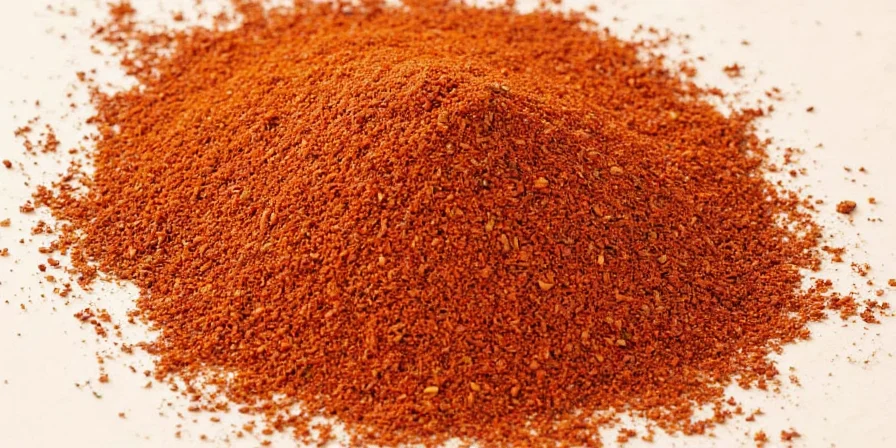
The seeds have been used for centuries by indigenous cultures—not just for food, but also for body paint, medicine, and even rituals. Talk about multipurpose!
Flavor Profile: Nutty, Earthy, and Just a Little Funky
If annatto had a dating profile, it would say: "Earthy, mildly peppery, slightly sweet, and brings the warmth." The flavor isn’t overpowering, but it adds depth and warmth to dishes in a way that’s hard to replicate with other spices.
- Nutty: Think toasted walnuts or hazelnuts
- Earthy: A subtle dirt-under-your-fingernails kind of vibe
- Peppery: Light heat, not spicy-hot
- Smoky (when toasted): Adds dimension to grilled or roasted foods
How to Use Annatto Seeds in Your Kitchen
Annatto can be used whole, ground into powder, or infused into oil. Here’s how to rock it like a pro:
- Infused Oil: Toast seeds in oil until fragrant (don’t let them burn!). Strain and use as a colorful marinade or cooking base.
- Dry Rubs: Crush seeds and mix with garlic, salt, and chili for a killer meat rub.
- Grains & Beans: Add a few seeds while cooking rice or beans for an earthy undertone.
- Sauces & Pastes: Blend into adobo, sofrito, or recado rojo for Latin American flair.
- Traditional Dishes: Key ingredient in cochinita pibil (Yucatán pork), paella (for color), and Brazilian feijoada.
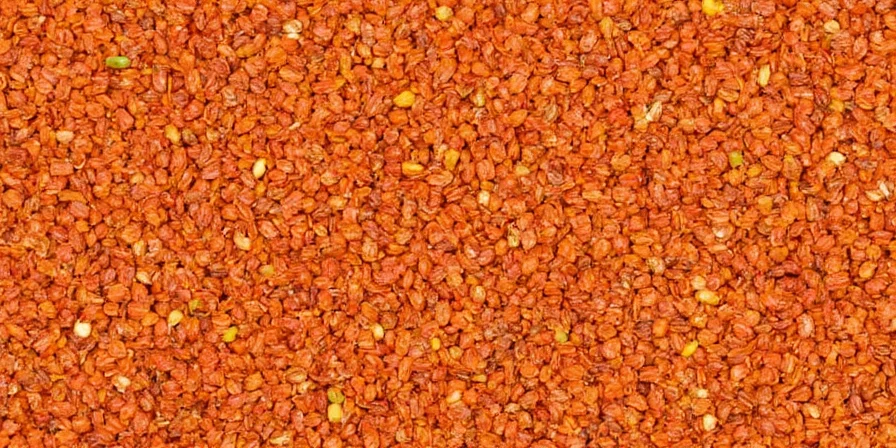
5 Clever Cooking Tips for Using Annatto Seeds
- Toasting = Tasty Boost: Lightly toast seeds in a dry pan before using to unlock their full aroma.
- Oil Extraction Works Best: Fat-soluble compounds mean infusing in oil gets the most color and flavor.
- Strain Before Serving: Whole seeds are tough—remove them before serving unless you want a crunch.
- Balance with Citrus: Brighten up dishes with lime juice or vinegar to contrast the earthiness.
- Don’t Overdo It: Too many seeds = bitter notes. Start with a pinch and adjust.
Health Benefits: More Than Just a Pretty Face
Beyond flavor and color, annatto seeds pack a nutritional punch. They contain antioxidants, carotenoids, and antimicrobial properties. Some studies suggest they may help reduce inflammation and support heart health.
| Nutrient | Benefit |
|---|---|
| Bixin (Carotenoid) | Antioxidant, anti-inflammatory |
| Vitamin E | Heart health, skin protection |
| Phytochemicals | Natural antimicrobial properties |
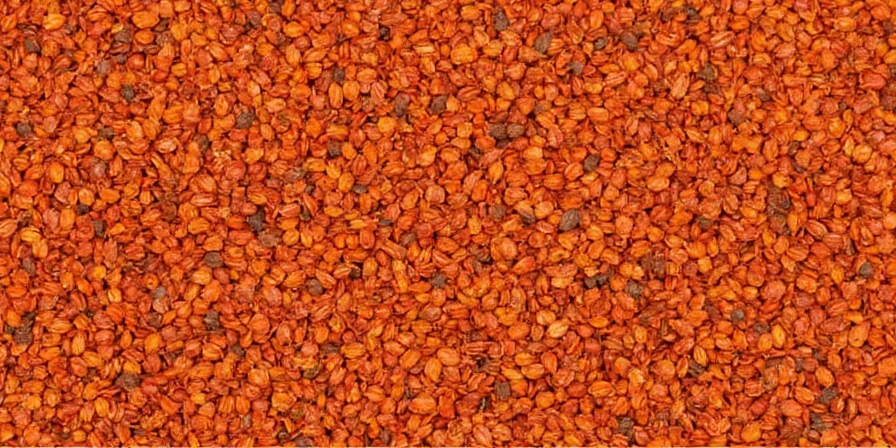
Annatto vs. Paprika vs. Turmeric: Spice Showdown
While all three spices add color and earthy tones, each has its own unique character. Let’s break it down:
| Spice | Color | Flavor | Best For |
|---|---|---|---|
| Annatto | Rust-orange | Nutty, earthy, mild heat | Meat rubs, oils, traditional Latin dishes |
| Paprika | Reddish-orange | Sweet to smoky, depending on type | Goulash, deviled eggs, smoked dishes |
| Turmeric | Bright yellow-orange | Earthy, bitter, warm | Curry blends, golden milk, anti-inflammatory recipes |
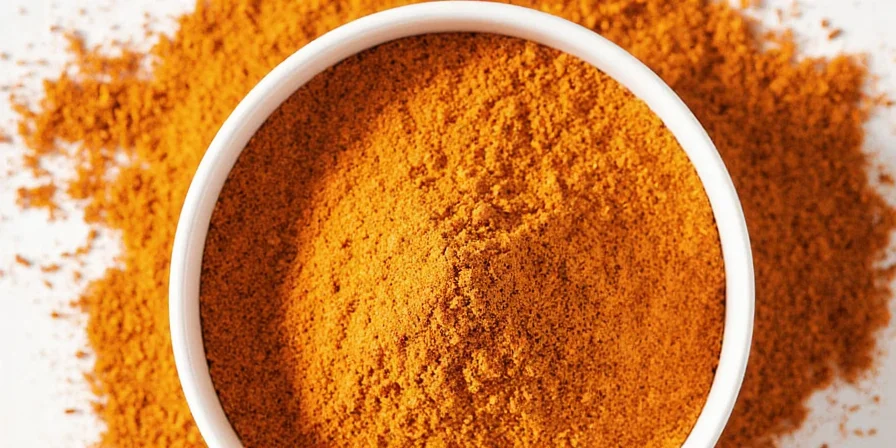
Buying & Storing Like a Pro
Annatto seeds are widely available in Latin American grocery stores, international sections of supermarkets, and online spice retailers. Look for plump, evenly colored seeds without signs of mold or moisture.
- Whole Seeds: Last up to 3 years if stored properly.
- Ground Annatto: Loses potency faster; best used within 6–12 months.
- Store in: Airtight container, away from light and moisture.
- Pro Tip: Freeze unused seeds for extra shelf life and flavor preservation.
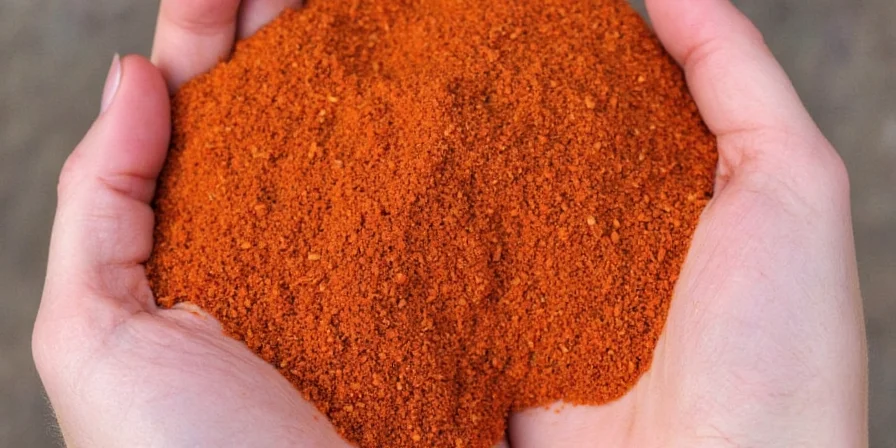
Final Thoughts
So there you have it—annatto seeds aren’t just a one-trick pony for color. They’re a versatile, flavorful, and healthy addition to your spice rack that deserves more love. Whether you're making cochinita pibil or just jazzing up your fried rice, annatto brings a sun-kissed touch that’s impossible to ignore.
Next time you reach for turmeric or paprika, give annatto a spin. You might just find yourself hooked on its nutty charm and vibrant energy. After all, why settle for beige when you can go bold and brilliant with annatto?
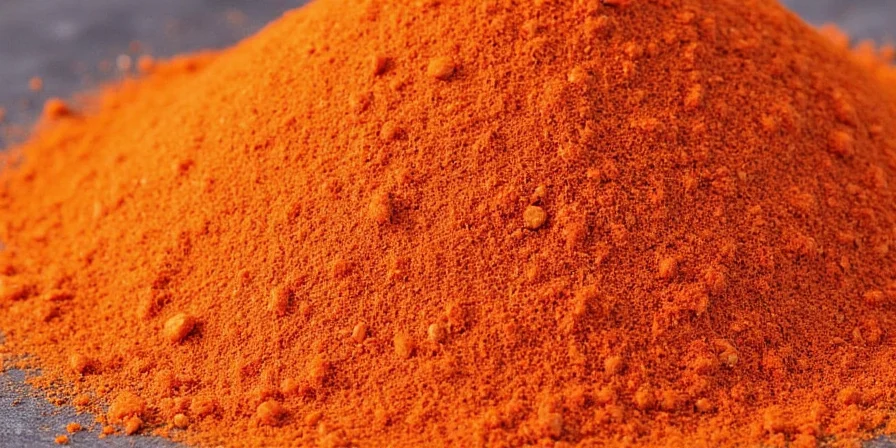

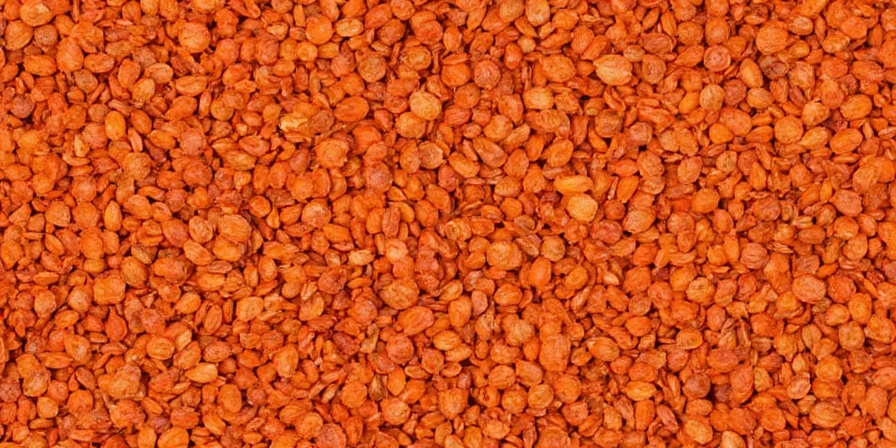









 浙公网安备
33010002000092号
浙公网安备
33010002000092号 浙B2-20120091-4
浙B2-20120091-4